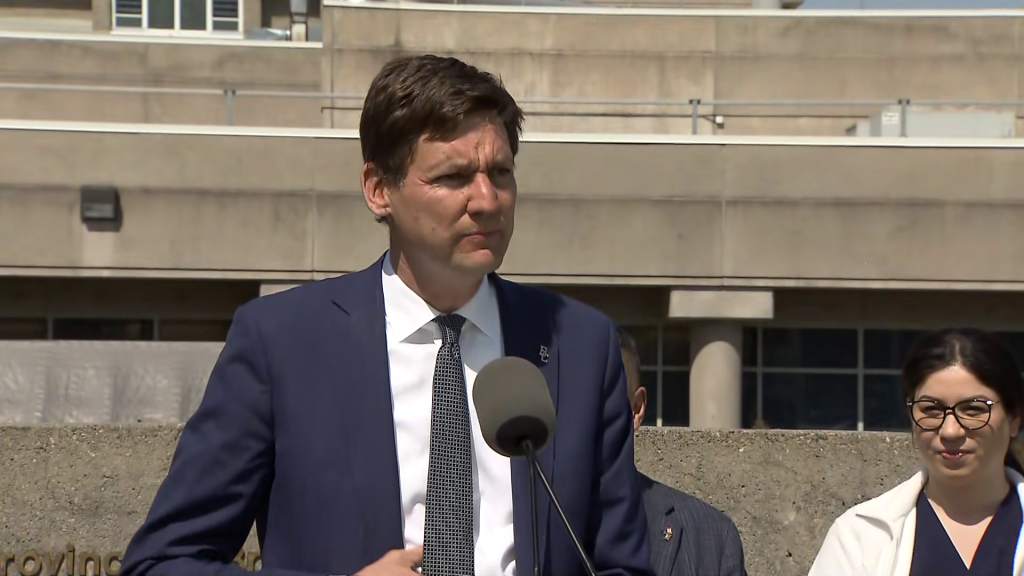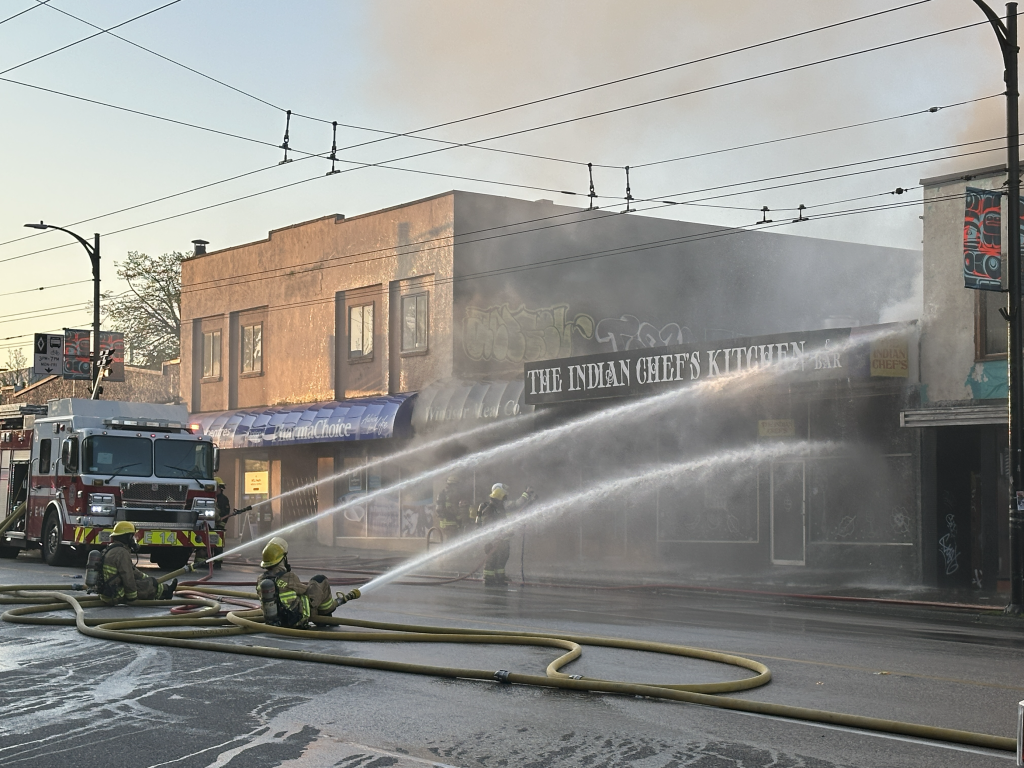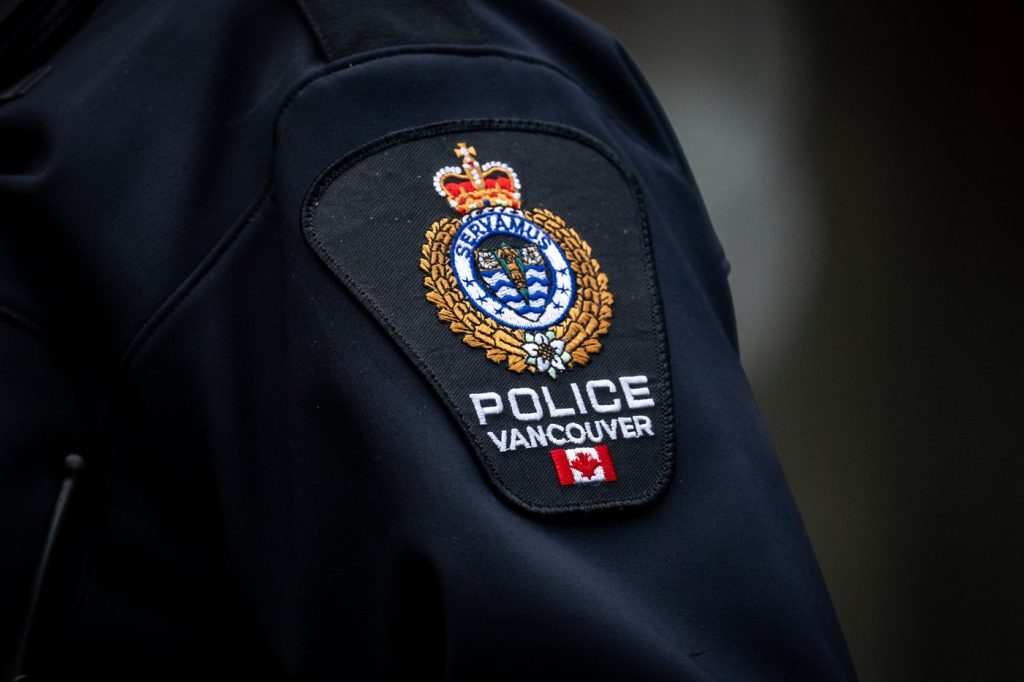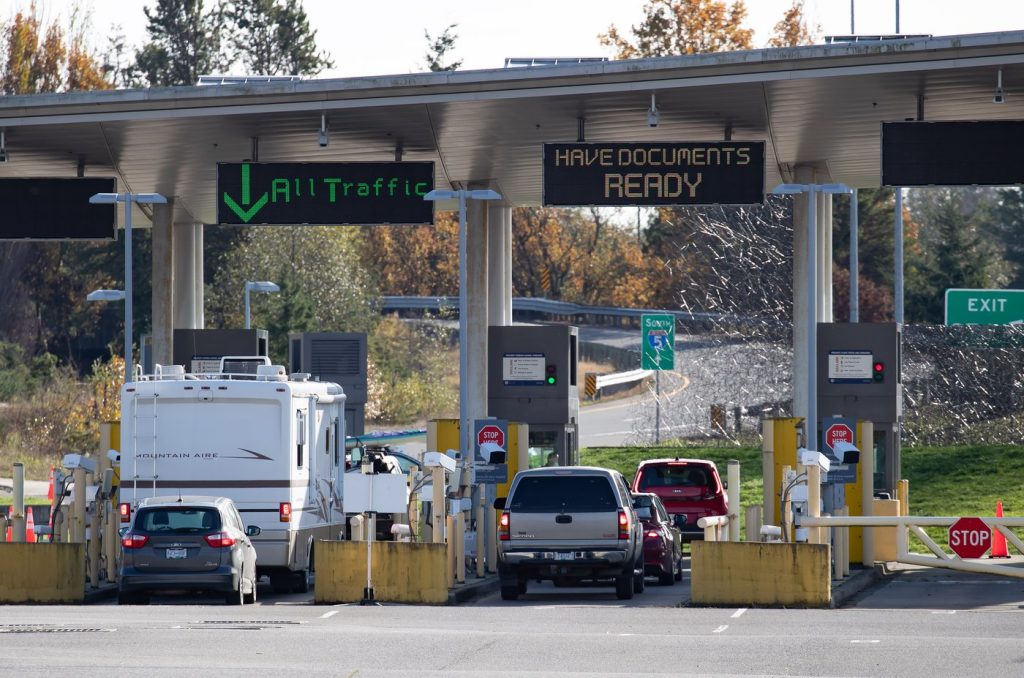Metro Vancouver SeaBus terminals see Indigenous artwork added
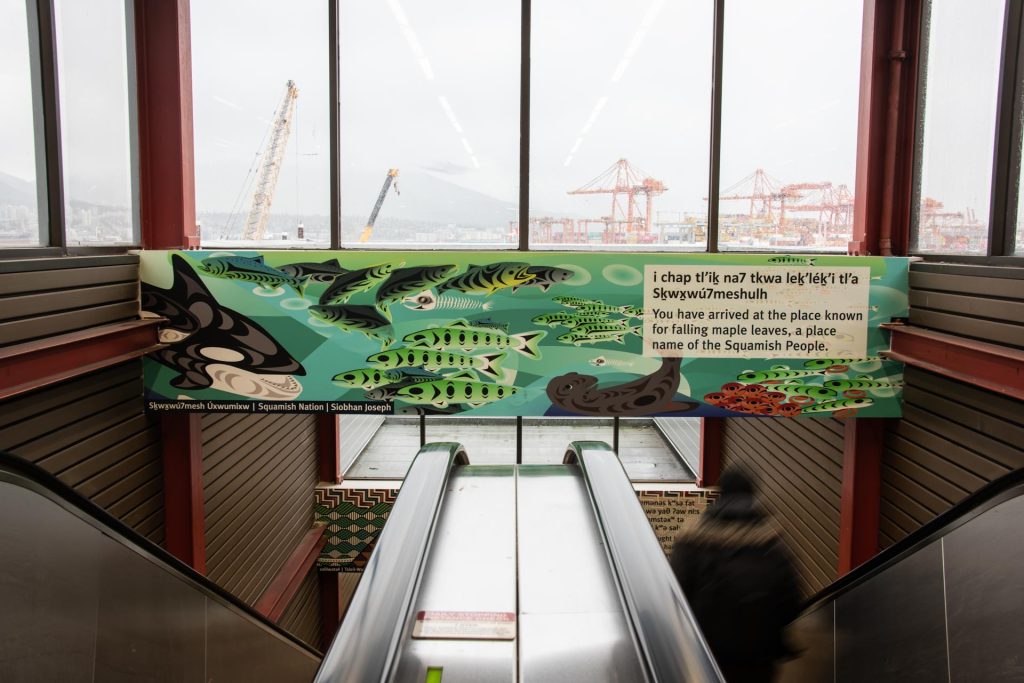
Posted January 10, 2023 4:53 pm.
Last Updated January 11, 2023 6:33 am.
New Indigenous art and signage can now be seen at Metro Vancouver SeaBus terminals.
They are featured at the entrance to the Lonsdale Quay SeaBus terminal, above the SkyWalk doors at Waterfront Station, along the windows near the SeaBus terminal escalators, and also at Waterfront Station.
One contains a message which translates to “Welcome to our lands and waters,” while another highlights the iconic role the Chinook salmon has played in life on the West Coast for generations.
The installations are sampled from artwork on the Burrard Chinook SeaBus, which launched in 2021.
.@TransLink adds #Indigenous artwork and signage to SeaBus terminals. pic.twitter.com/ZkasO0RYCs
— John Ackermann ???? (@jackermann) January 11, 2023
Related articles:
-
Burrard Chinook SeaBus takes maiden voyage across Burrard Inlet
-
TransLink looks to double bus service, expand rapid transit over next decade
TransLink says the project is meant to support Indigenous language revitalization and preservation by members of the Musqueam, Squamish, and Tsleil-Waututh nations.
“We’re honoured to have had Musqueam, Squamish, and Tsleil-Waututh Nations and Indigenous artists share their sacred and unique languages, histories, and cultures with us. Our hope is that the combination of these cultural recognition pieces will remind us all of the important work we have to do to support lasting and meaningful reconciliation,” said TransLink CEO Kevin Quinn.
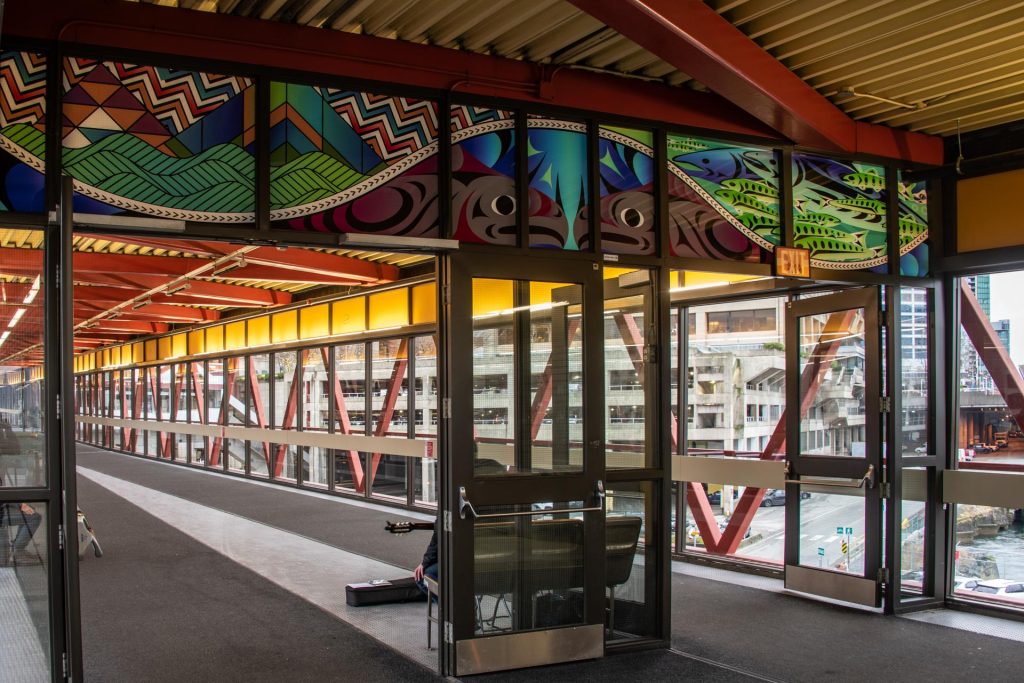
This Indigenous artwork can be seen while TransLink passengers are entering the SeaBus station and waiting for their ride. (Courtesy: TransLink)
Kelly Cannell, a Musqueam artist, says the opportunity to be involved in this project was an important one.
“It is an incredible opportunity to have my artwork become part of visitors’ and residents’ journeys as they arrive and depart the SeaBus terminals. Bringing awareness to my culture, as well as our environmental surroundings, are the most important aspects of my work,” she explained.
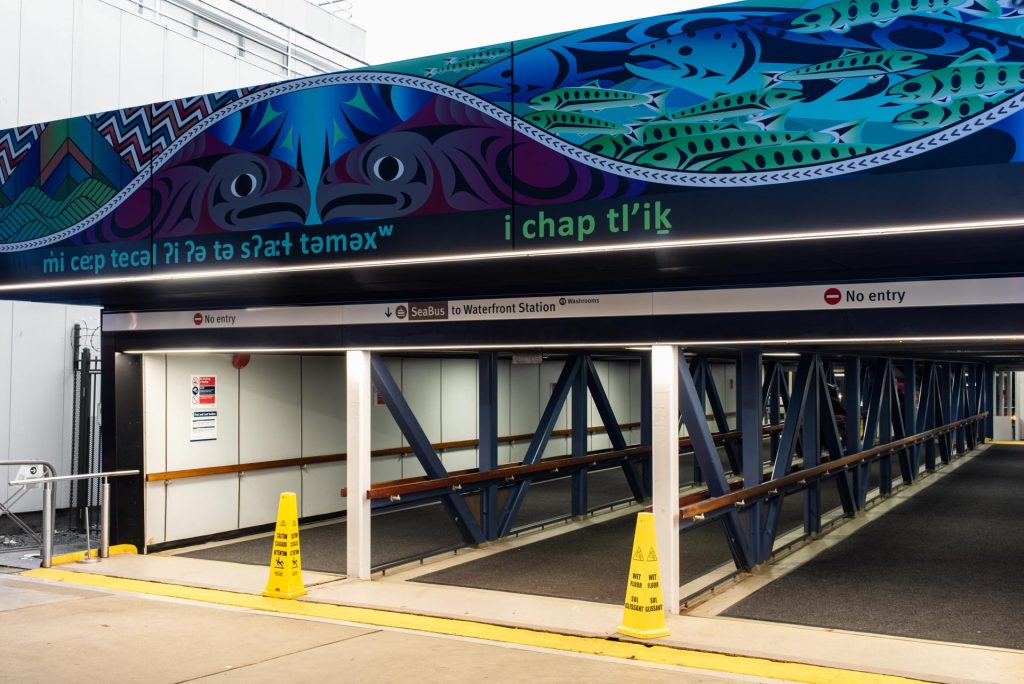
TransLink featured artwork and signage at their SeaBus stations from the Musqueam, Squamish, and Tsleil-Waututh Nations. (Courtesy: TransLink)
One of the priorities laid out in TransLink’s 2050 Regional Transportation Strategy is to include Indigenous perspectives, cultures, and languages throughout its transit networks.
